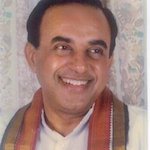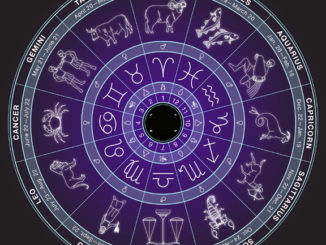
We need to carefully understand the issues before the Supreme Court

This refers to A. Faizur Rahman’s article “The essentiality of mosques” (The Hindu, August 7, 2018). He says that the Supreme Court needs to reconsider the Ismail Faruqui verdict, in which it stated that a mosque is not essential to Islam. Instead of arguing his case, Mr. Rahman blandly states: “A reading of the Koran and authentic traditions of the Prophet make clear the significance of the mosque in Islam.” This is, at best, a circular argument and, at worst, a terrible obfuscation.
Misreading the Constitution
It is also a misreading of the Constitution of India to state, as the writer does, that Articles 25 and 26 guarantee Muslims an unfettered fundamental right to pray in a mosque. Fundamental rights in our Constitution are not absolute, and are subject to reasonable restrictions of morality, health, and public order.
It is now established that Babri Masjid was a structure constructed by invaders, and after demolishing a pre-existing temple. The Supreme Court in 1994 had directed the Allahabad High Court to verify this by scientific methods.
The High Court then asked the Archaeological Survey of India (ASI) to determine and verify this fact. A team of two top archaeologists, B.B. Lal and K.K. Mohammed, in 2002 deployed the most scientific tools and unanimously concluded that there was indeed an extensive temple complex in ruins under the site where the Babri Masjid structure had stood.
The High Court accepted this finding and relied on the same in depth in its 2010 judgment of 1,000 printed pages, now available in three bound volumes. It is this judgment that the Sunni Waqf Board has appealed against in the Supreme Court.
Before the Supreme Court today are two sets of petitions being considered. The first is a civil suit appeal against the High Court judgment, viz., on questions of who the “disputed” Ayodhya site belongs to. The second is my writ petition seeking enforcement of my fundamental right to pray at the site where Rama was born. Many devout Hindus believe that Bhagwan Sri Rama was born at a particular spot in Ayodhya, the then capital of a flourishing kingdom of the Suryavamsa dynasty.
Imam-e-Hind
Rama is venerated as Maryada Purushottam and worshipped by Hindus in the north as an avatar of Vishnu, while some Tamil saints known as Nayanmars and Alwars composed many hymns and songs dedicated to his divinity. In that sense, Sri Rama was the first truly national king of India, supra region, supra varna or jati. That is why the poet Mohammed Iqbal called him ‘Imam-e-Hind’.
The exact spot of the palace where Rama was born has been — and remains — firmly identified in the Hindu mind and is held sacred. This is the very area where stood, from 1528 till December 6, 1992, a structure that came to be known as Babri Masjid, put up by Babar’s commander, Mir Baqi.
Posed as it is, my petition should prevail in the Supreme Court since my fundamental right is a superior right in law compared to the ordinary right to property as claimed by the Sunni Waqf Board.
It is thus to forestall the superior right of worship at Ram Janmabhoomi from prevailing, and to buy time till the next general elections, that the lawyers engaged by the Sunni Waqf Board have introduced this new prayer (which was not raised at the High Court level), of setting up a larger Constitution Bench to reconsider the 1994 five-judge Constitution Bench judgment that a mosque is not “an essential part” of the Islamic religion. This is also the view of prominent Islamic scholars.
To argue otherwise, as Mr. Rahman does, is nothing but a part of a legal strategy to obfuscate and delay the apex court judgment.
(The author is a member of the Rajya Sabha and a former Union Law Minister)




Be the first to comment